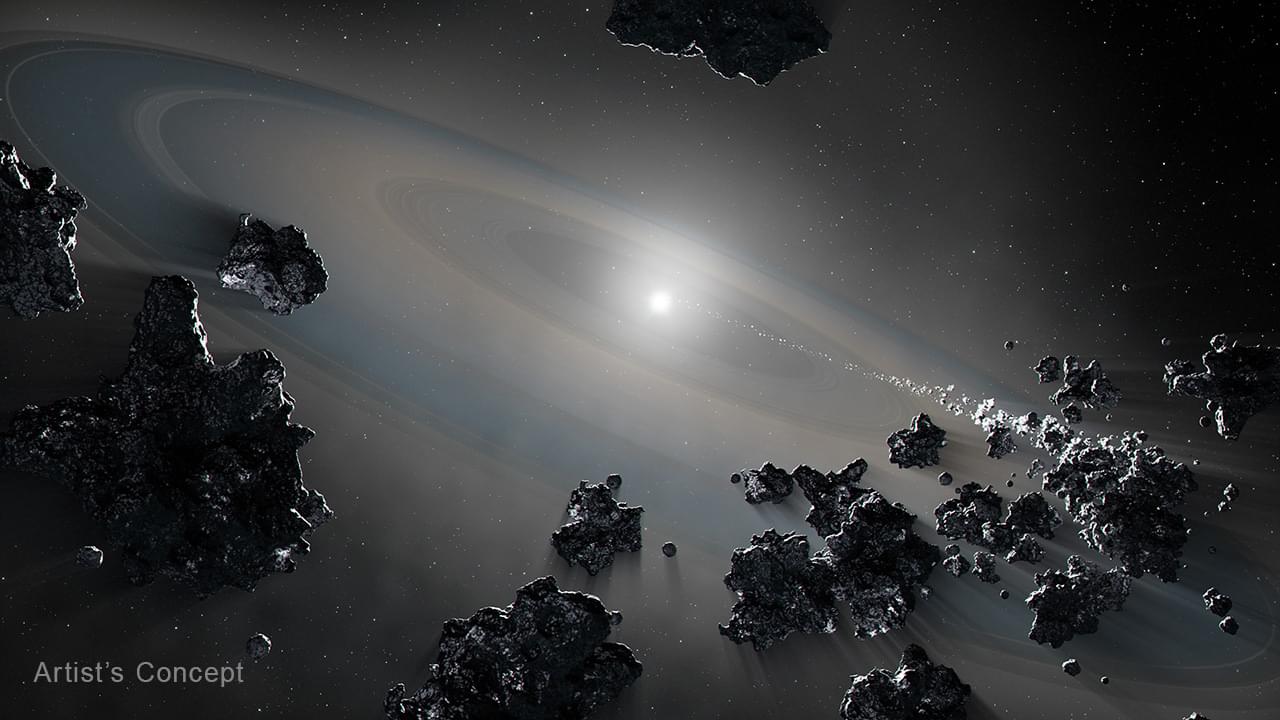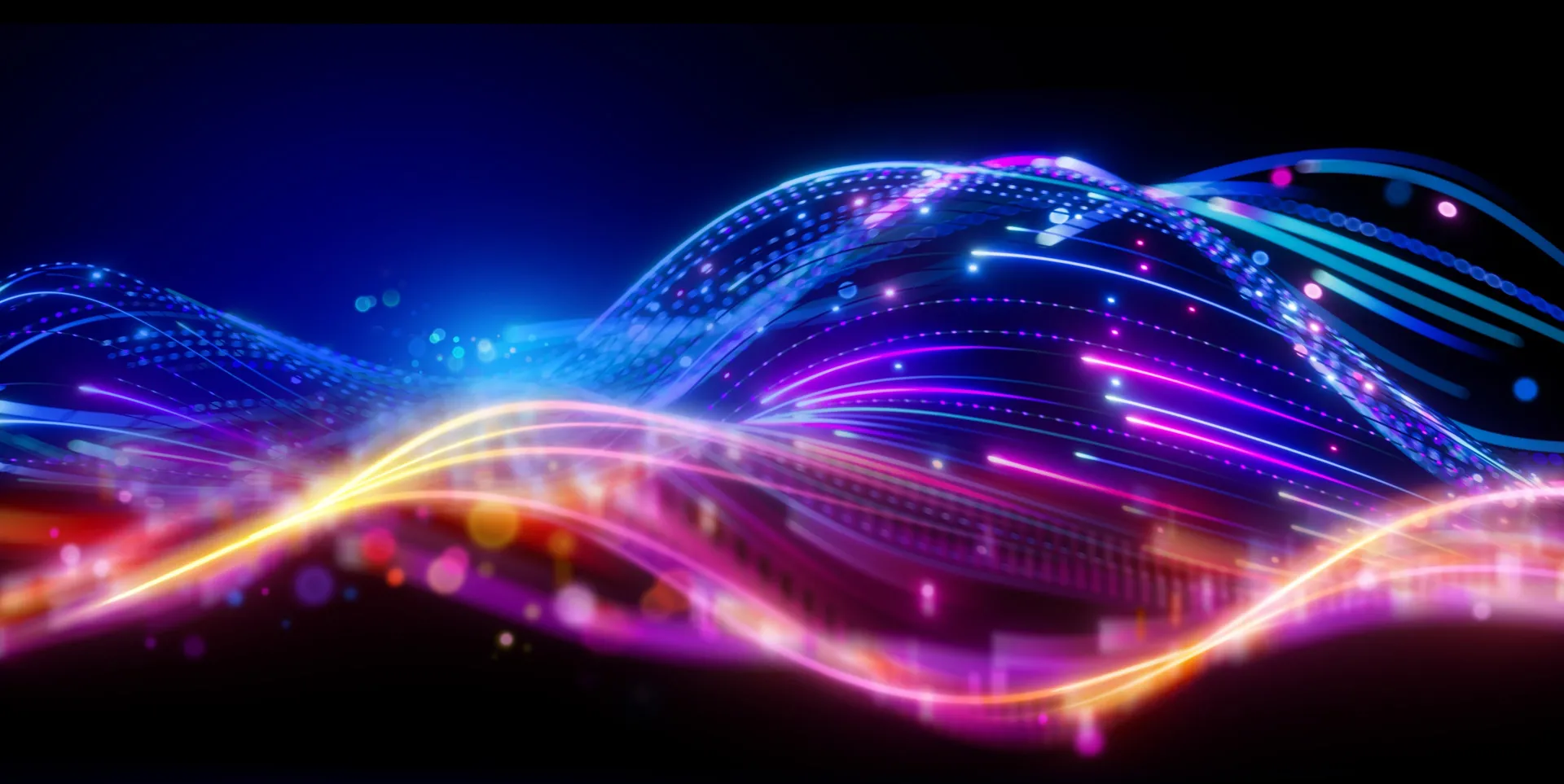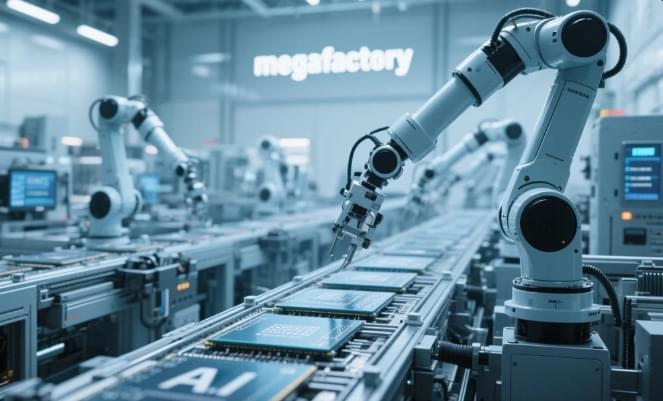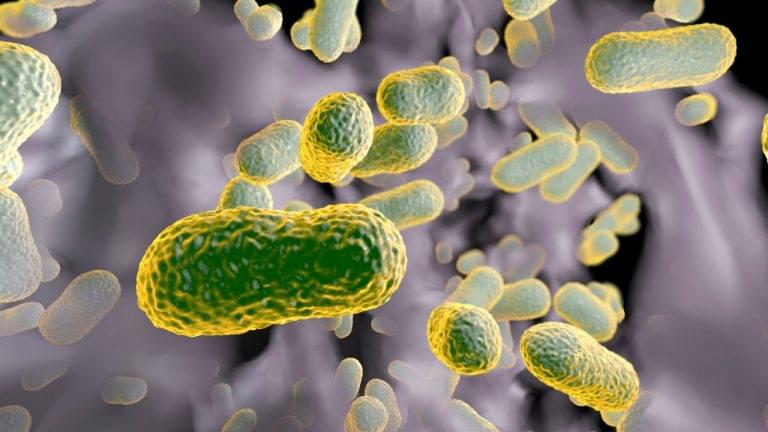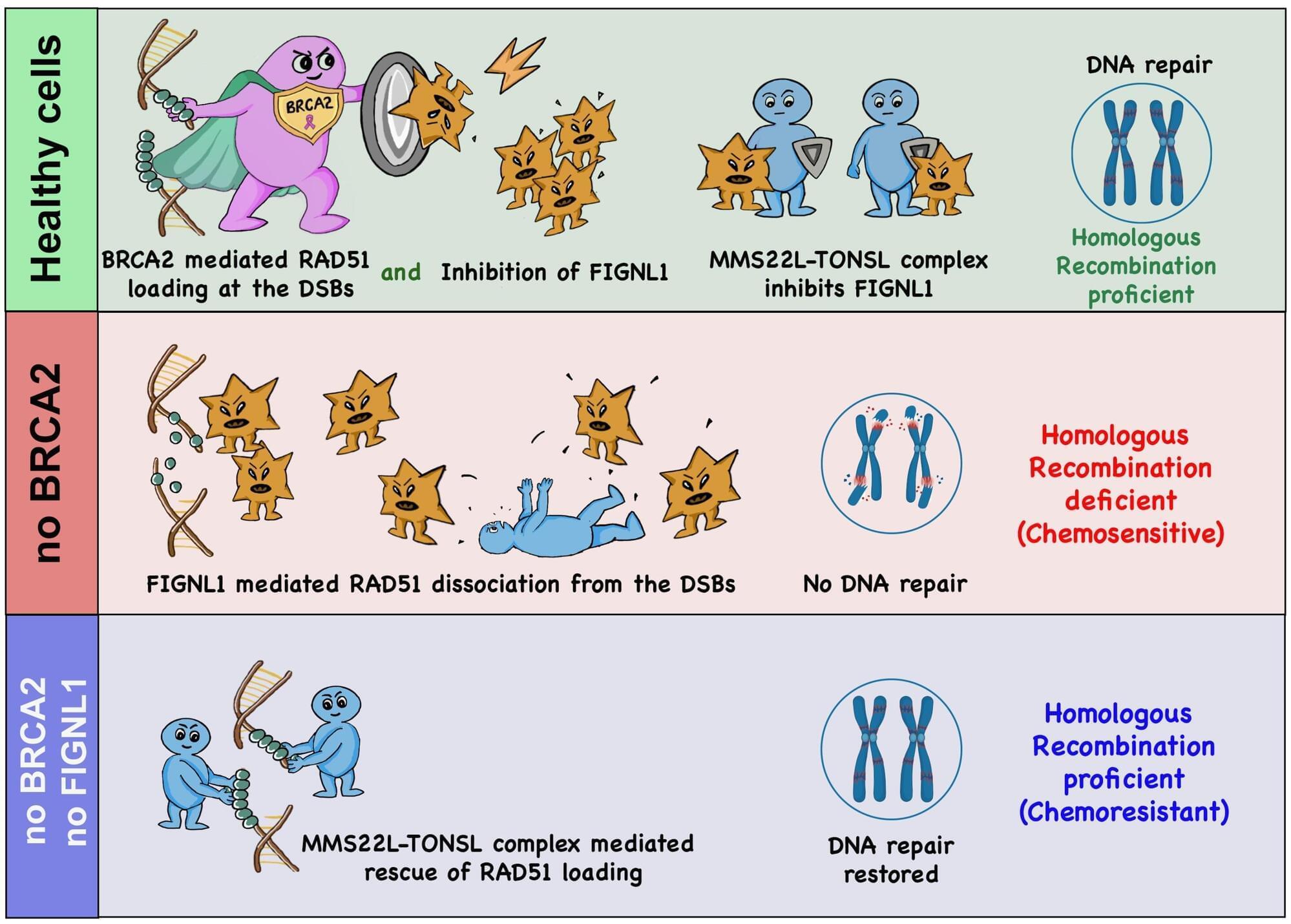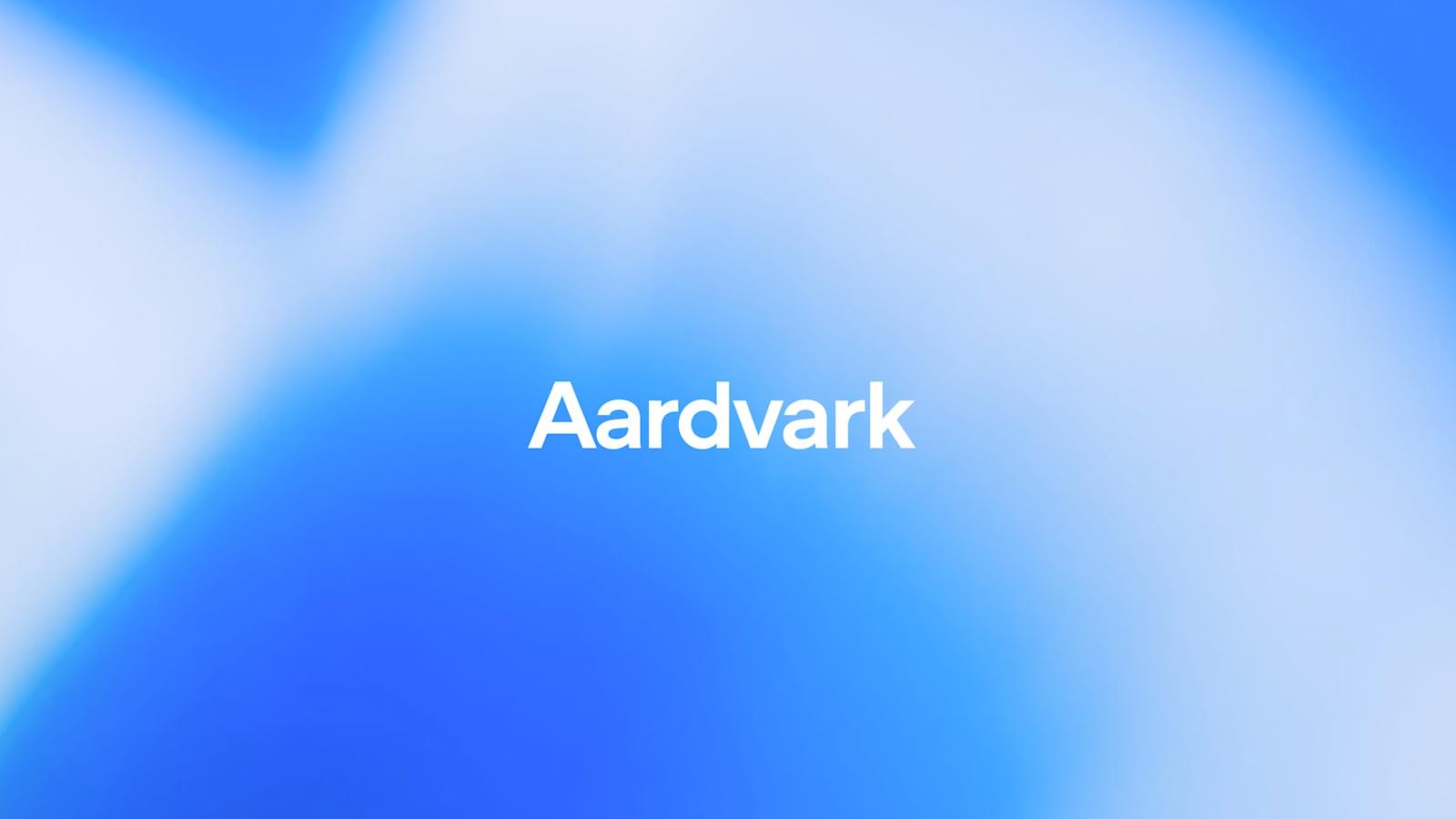“This discovery challenges our understanding of planetary system evolution,” said Érika Le Bourdais. “Ongoing accretion at this stage suggests white dwarfs may also retain planetary remnants still undergoing dynamical changes.”
What can white dwarf stars eating their own planets teach astronomers about planetary and solar system formation and evolution? This is what a recent study published in The Astrophysical Journal hopes to address as a team of scientists investigated an old planetary system whose planets are still actively being consumed by their white dwarf star. This study has the potential to help scientists better understand the formation and evolution of planetary systems and what our solar system could look like billions of years from now.
For the study, the researchers observed and analyzed the white dwarf star, LSPM J0207+3331, which is located approximately 145 light-years from Earth and hosts one of the oldest known planetary systems to date. Additionally, this system contains the most extensive metal-rich debris disk orbiting a hydrogen-rich white dwarf star ever discovered, which could challenge longstanding notions regarding the fate of solar systems after Sun-like stars expire and become white dwarfs.
The hydrogen-rich aspect of the white dwarf is intriguing since these types of stars typically hide successful observations of certain elements within the dust and gas of the aged solar system. Potentially the most intriguing finding from this study is the researchers discovered the remnants of a planetary body that was originally about 120 miles (200 kilometers) in diameter that got shredded by its host white dwarf star.
